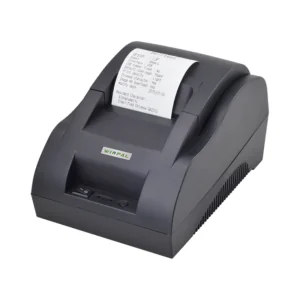
Enhancing Workflow Efficiency Through Cutting-Edge Printing Solutions
In modern business enviro

In modern business enviro
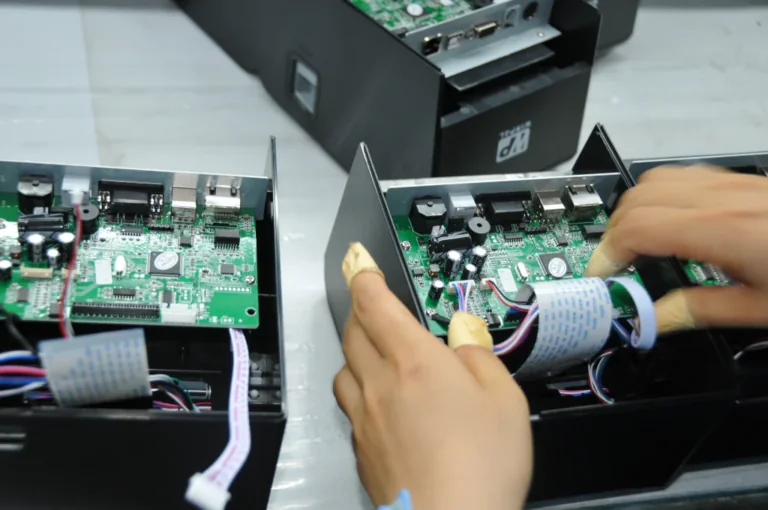
In the competitive printi
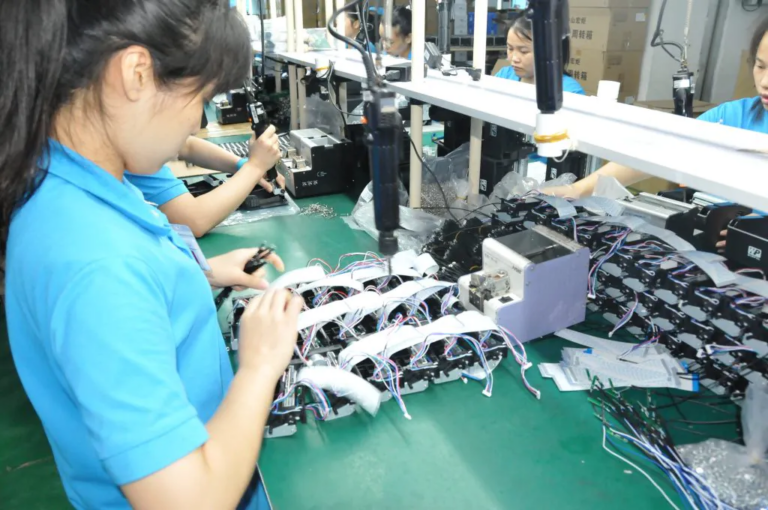
In today’s competitive bu

In the printing industry,
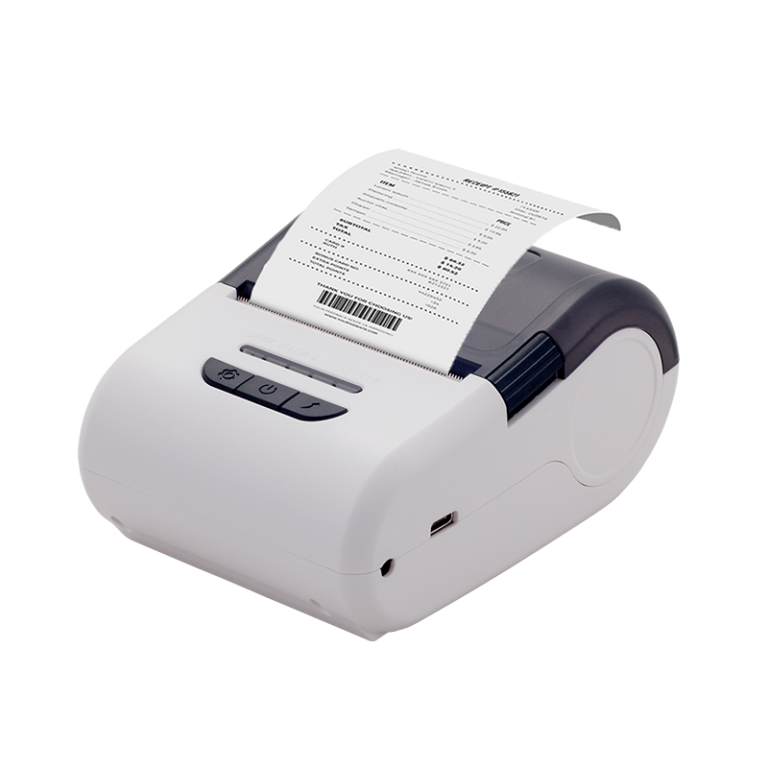
Businesses today operate
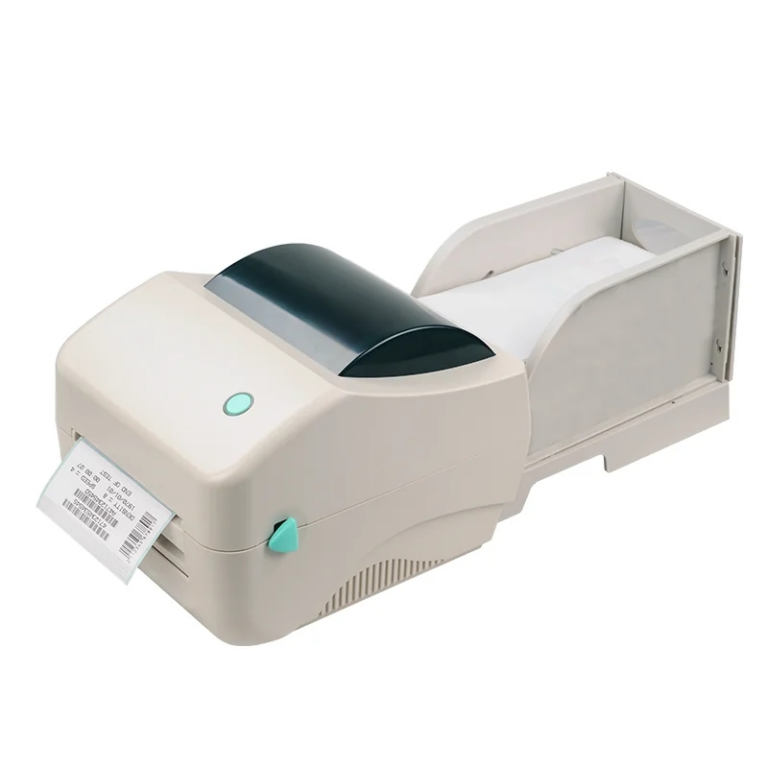
Reliable labeling solutio
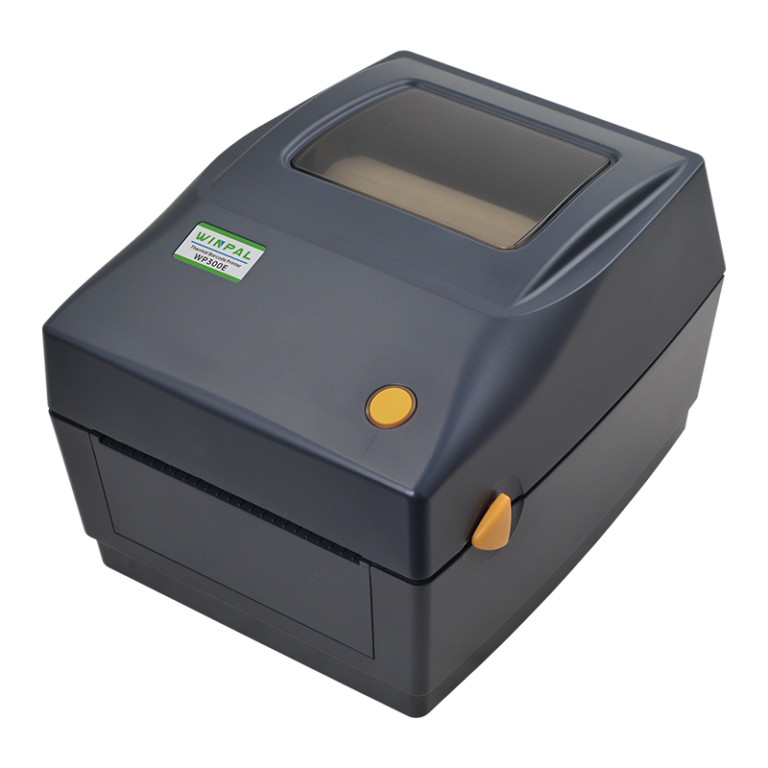
In today’s fast-paced log
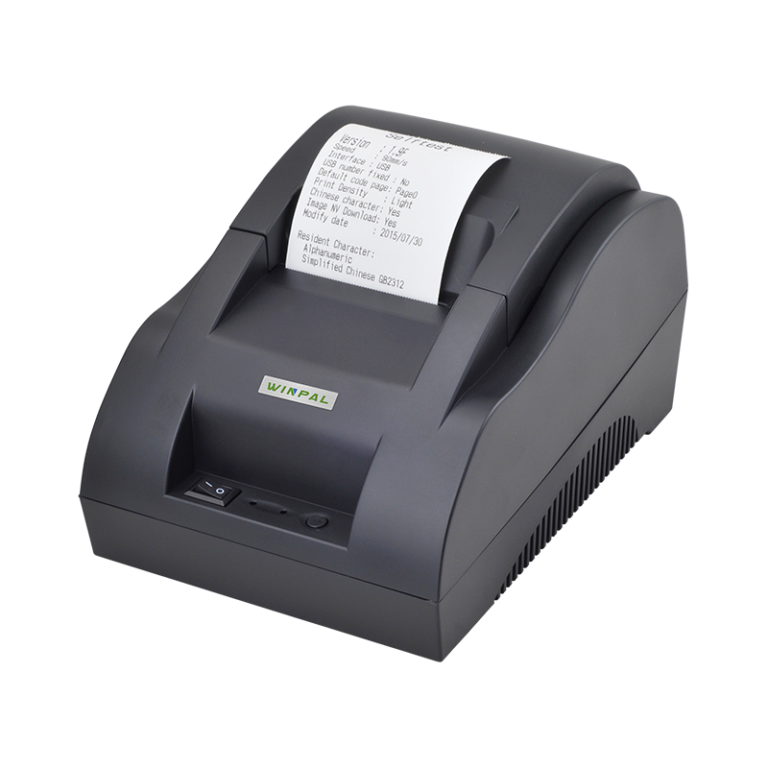
In modern business enviro
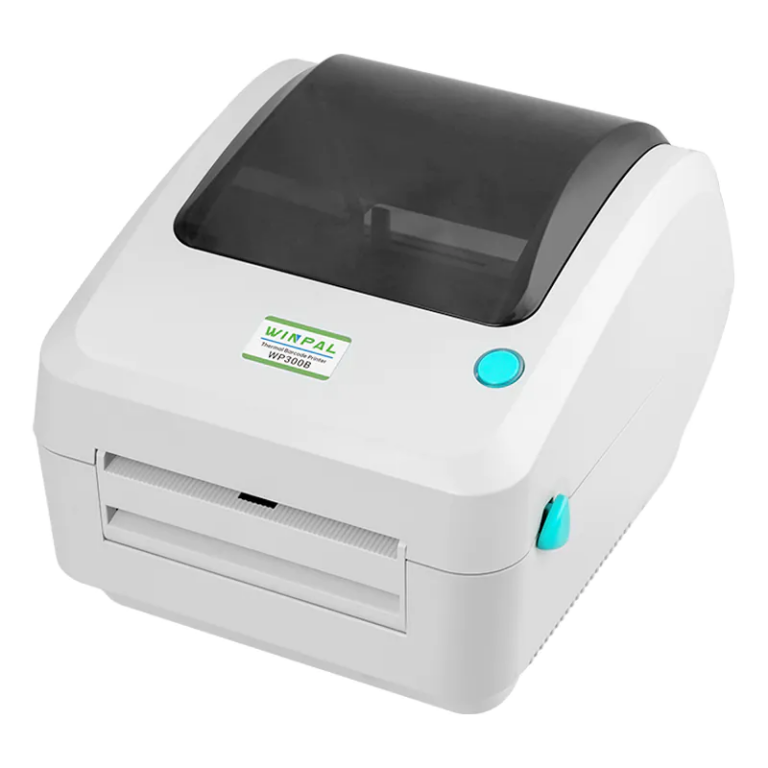
Efficient labeling is a c

NO.80 JinGang Road, Nansha District, Guangzhou, Guangdong, China.